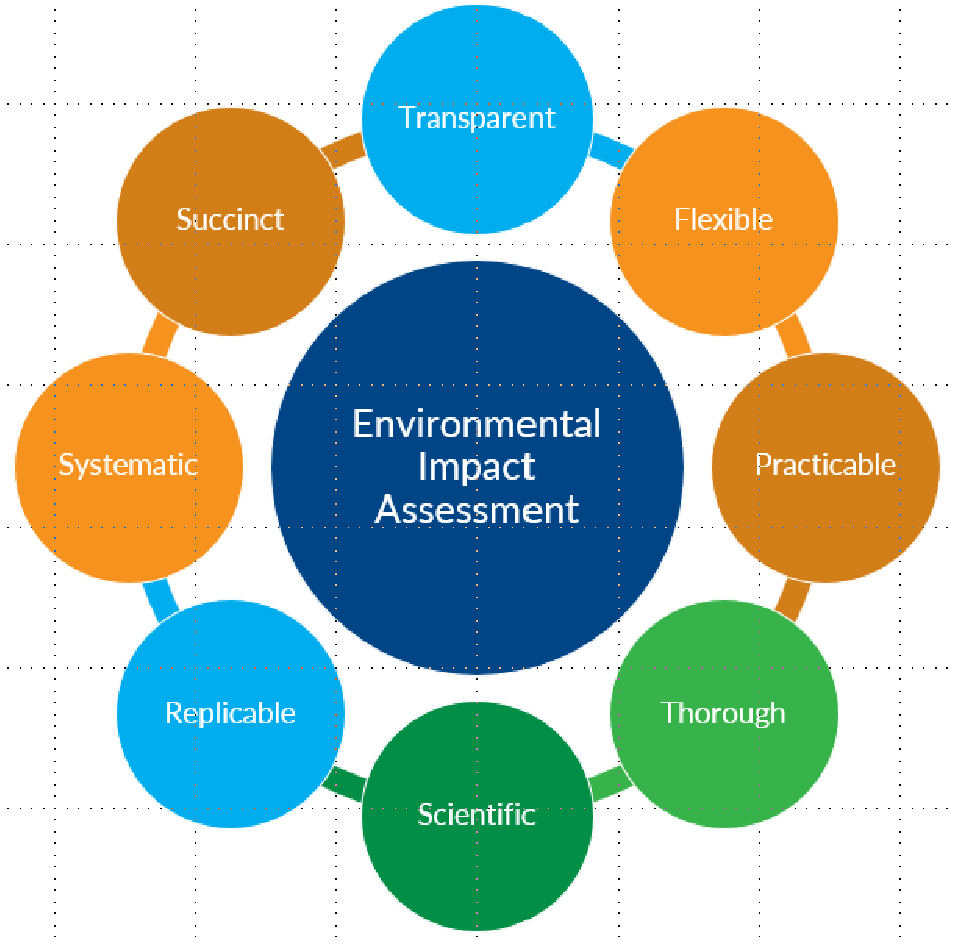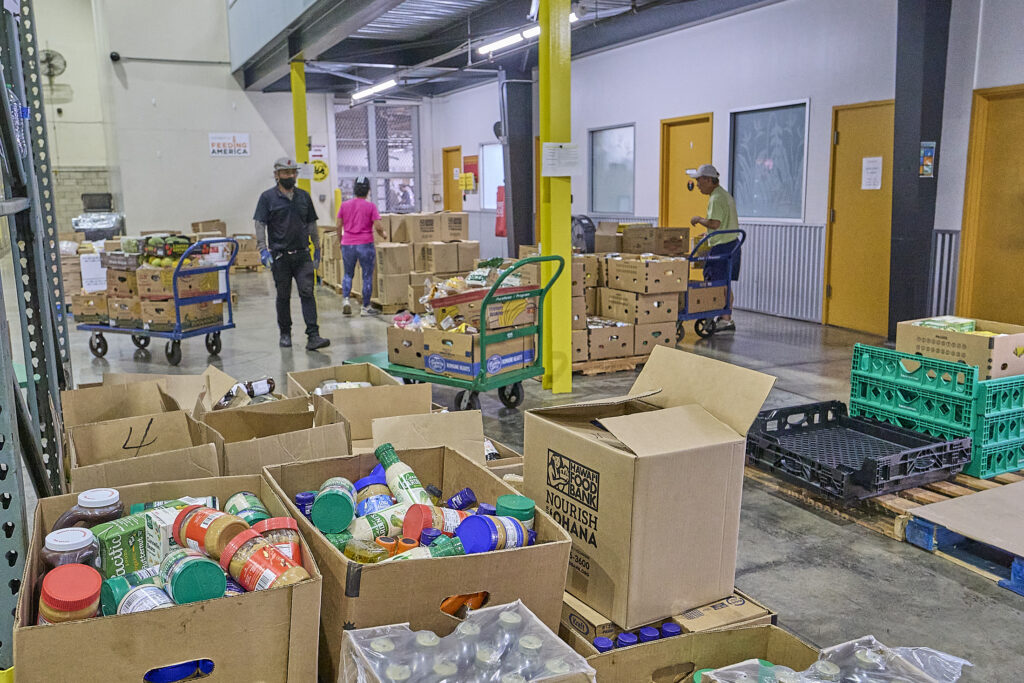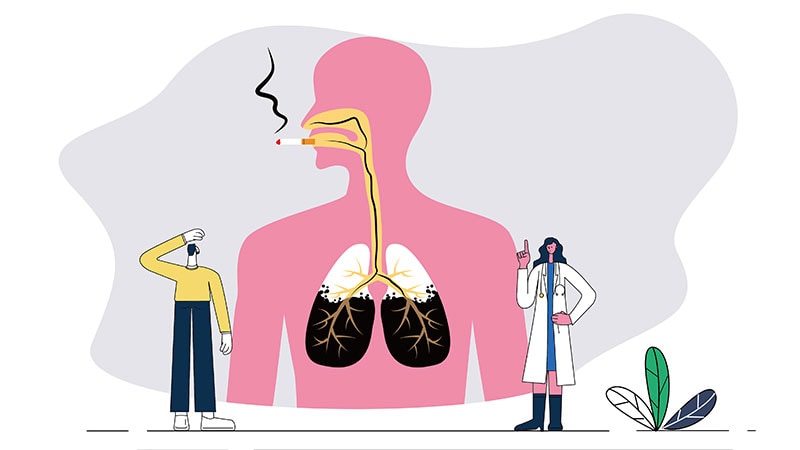Revitalize the global partnership for sustainable development
The UN explains: A successful sustainable development agenda requires partnerships between governments, the private sector and civil society. These inclusive partnerships built upon principles and values, a shared vision, and shared goals that place people and the planet at the centre, are needed at the global, regional, national and local level.
The UN has defined 19 Targets and 25 Indicators for SDG 17. Targets specify the goals and Indicators represent the metrics by which the world aims to track whether these Targets are achieved. Below we quote the original text of all Targets and show the data on the agreed Indicators.
Target 17.1: Mobilize resources to improve domestic revenue collection
UN definition: Strengthen domestic resource mobilization, including through international support to developing countries, to improve domestic capacity for tax and other revenue collection.
Government revenue
Definition: Indicator 17.1.1 is total government revenue as a proportion of GDP.
Revenue is cash receipts from taxes, social contributions, and other revenues such as fines, fees, rent, and income from property or sales. Grants are also considered revenue but are excluded here.
Because budgetary accounts may not include all central government units (such as social security funds), they usually provide an incomplete picture. In federal states the central government accounts provide an incomplete view of total public finance.
Goal: Strengthen domestic resource mobilization, to improve domestic capacity for tax and other revenue collection across all countries by 2030.
More research: Further data and research on this topic is available at the Our World in Data entries on Public Spending and Taxation.
Domestic taxes
Definition: Indicator 17.1.2 is the proportion of domestic budget funded by domestic taxes.
Tax revenue refers to compulsory transfers to the central government for public purposes. Compulsory transfers such as fines, penalties, and most social security contributions are excluded.
Goal: Strengthen domestic resource mobilization, to improve domestic capacity for tax and other revenue collection across all countries by 2030.
More research: Further data and research on this topic is available at the Our World in Data entry on Public Spending.
Target 17.2: Implement all development assistance commitments
UN definition: Developed countries to implement fully their official development assistance commitments, including the commitment by many developed countries to achieve the target of 0.7 per cent of gross national income for official development assistance (ODA/GNI) to developing countries and 0.15 to 0.20 per cent of ODA/GNI to least developed countries; ODA providers are encouraged to consider setting a target to provide at least 0.20 per cent of ODA/GNI to least developed countries.
Development assistance to least-developed countries
Definition: Indicator 17.2.1 is net official development assistance, as a proportion of the Organization for Economic Cooperation and Development (OECD) Development Assistance Committee donors’ gross national income (GNI).
This indicator is measured as the net official development assistance (ODA) as a share of total gross national income (GNI) by OECD-DAC countries. It is given as the net ODA to all countries, as well as the ODA specifically allocated to least-developed countries (LDCs).
Goal: Developed countries to implement fully their official development assistance commitments, including the commitment by many developed countries to achieve the target of 0.7 per cent of gross national income for official development assistance (ODA/GNI) to developing countries and 0.15 to 0.20 per cent of ODA/GNI to least developed countries.
Additional charts:
Official Development Assistance from OECD-DAC countries (US$)
Official Development Assistance to least-developed countries (US$)
Target 17.3: Mobilize financial resources for developing countries
UN definition: Mobilize additional financial resources for developing countries from multiple sources.
Foreign direct investment
Definition: Indicator 17.3.1 is foreign direct investment (FDI), official development assistance and South-South cooperation as a proportion of total domestic budget.
Foreign direct investment refers to direct investment equity flows in an economy. It is the sum of equity capital, reinvestment of earnings, and other capital. This series shows net outflows of investment from the reporting economy to the rest of the world, and is divided by GDP.
Goal: Mobilize additional financial resources for developing countries by 2030.
A specific target level of financial resource mobilization is not provided for this indicator.
Volume of remittances
Definition: Indicator 17.3.2 is the volume of remittances (in United States dollars) as a proportion of total GDP.
Personal remittances comprise personal transfers and compensation of employees. Personal transfers consist of all current transfers in cash or in kind made or received by resident households to or from nonresident households.
Compensation of employees refers to the income of border, seasonal, and other short-term workers who are employed in an economy where they are not resident and of residents employed by nonresident entities.
Goal: Mobilize additional financial resources for developing countries by 2030.
A specific target level of financial resource mobilization is not provided for this indicator.
Target 17.4: Assist developing countries in attaining debt sustainability
UN definition: Assist developing countries in attaining long-term debt sustainability through coordinated policies aimed at fostering debt financing, debt relief and debt restructuring, as appropriate, and address the external debt of highly indebted poor countries to reduce debt distress.
Debt service
Definition: Indicator 17.4.1 is debt service as a proportion of exports of goods and services.
Total debt service is the sum of principal repayments and interest actually paid in currency, goods, or services on long-term debt, interest paid on short-term debt, and repayments (repurchases and charges) to the IMF.
Goal: Assist developing countries in attaining long-term debt sustainability through coordinated policies aimed at fostering debt financing, debt relief and debt restructuring by 2030.
Target 17.5: Invest in least-developed countries
UN definition: Adopt and implement investment promotion regimes for least developed countries.
Investment promotion for least-developed countries
Definition: Indicator 17.5.1 is the number of countries that adopt and implement investment promotion regimes for least developed countries.
Goal: Adopt and implement investment promotion regimes for least developed countries by 2030.
Target 17.6: Knowledge sharing and cooperation for access to science, technology and innovation
UN definition: Enhance North-South, South-South and triangular regional and international cooperation on and access to science, technology and innovation and enhance knowledge sharing on mutually agreed terms, including through improved coordination among existing mechanisms, in particular at the United Nations level, and through a global technology facilitation mechanism.
Fixed broadband subscriptions
Definition: Indicator 17.6.1 is fixed Internet broadband subscriptions per 100 inhabitants.
Fixed broadband subscriptions refers to fixed subscriptionsto high-speed access to the public Internet (a TCP/IPconnection), at downstream speeds equal to, or greaterthan, 256 kbit/s.
Goal: Enhance North-South, South-South and triangular regional and international cooperation on and access to science, technology and innovation by 2030.
More research: Further data and research on this topic is available at the Our World in Data entries on Technology Diffusion & Adoption and the Internet.
Additional charts:
Secure Internet servers (per million)
Broadband penetration by country
Target 17.7: Promote sustainable technologies to developing countries
UN definition: Promote the development, transfer, dissemination and diffusion of environmentally sound technologies to developing countries on favourable terms, including on concessional and preferential terms, as mutually agreed.
Sustainable technologies in developing countries
Definition: Indicator 17.7.1 is the total amount of approved funding for developing countries to promote the development, transfer, dissemination and diffusion of environmentally sound technologies.
Goal: Promote the development, transfer, dissemination and diffusion of environmentally sound technologies to developing countries by 2030.
Target 17.8: Strengthen the science, technology and innovation capacity for least-developed countries
UN definition: Fully operationalize the technology bank and science, technology and innovation capacity-building mechanism for least developed countries by 2017 and enhance the use of enabling technology, in particular information and communications technology.
Individuals using the Internet
Definition: Indicator 17.8.1 is the proportion of individuals using the Internet.
Internet users are individuals who have used the Internet (from any location) in the last 3 months. The Internet can be used via a computer, mobile phone, personal digital assistant, games machine, digital TV etc.
Goal: Fully operationalize the technology bank and science, technology and innovation capacity-building mechanism for least developed countries, in particular information and communications technology.
More research: Further data and research on this topic is available at the Our World in Data entries on Technology Diffusion & Adoption and the Internet.
Additional charts:
Secure Internet servers (per million)
Internet users by country
Broadband penetration by country
Target 17.9: Enhanced SDG capacity in developing countries
UN definition: Enhance international support for implementing effective and targeted capacity-building in developing countries to support national plans to implement all the Sustainable Development Goals, including through North-South, South-South and triangular cooperation.
SDG support for developing countries
Definition: Indicator 17.9.1 is the dollar value of financial and technical assistance committed to developing countries.
This indicator is measured as net official development assistance (ODA), which consists of disbursements of loans made on concessional terms (net of repayments of principal) and grants by official agencies of the members of the Development Assistance Committee (DAC), by multilateral institutions, and by non-DAC countries.
Goal: Enhance international support for implementing effective and targeted capacity-building in developing countries to support national plans to implement all the Sustainable Development Goals through 2030.
Target 17.10: Promote a universal trading system under the WTO
UN definition: Promote a universal, rules-based, open, non-discriminatory and equitable multilateral trading system under the World Trade Organization, including through the conclusion of negotiations under its Doha Development Agenda.
Weighted average tariffs
Definition: Indicator 17.10.1 is the worldwide weighted tariff-average.
Weighted mean applied tariff is the average of effectively applied rates weighted by the product import shares corresponding to each partner country.
Goal: Promote a universal, rules-based, open, non-discriminatory and equitable multilateral trading system under the World Trade Organization by 2030.
More research: Further data and research on this topic is available at the Our World in Data entry on International Trade.
Target 17.11: Increase the exports of developing countries
UN definition: Significantly increase the exports of developing countries, in particular with a view to doubling the least developed countries’ share of global exports by 2020.
Exports from developing countries
Definition: Indicator 17.11.1 is developing countries’ and least developed countries’ share of global exports.
This indicator is assessed as the total export value of goods and services by aggregated World Bank income groups as a share of the global total. Exports of goods and services represent the value of all goods and other market services provided to the rest of the world.
Data on the total export value of good and service by income group (in constant 2010 US$) is also shown for context.
Goal: Significantly increase the exports of developing countries, in particular with a view to doubling the least developed countries’ share of global exports by 2020.
Unlike most SDG targets which are set for the year 2030, this indicator is to be achieved by 2020.
More research: Further data and research on this topic is available at the Our World in Data entry on International Trade.
Target 17.12: Remove trade barriers for least-developed countries
UN definition: Realize timely implementation of duty-free and quota-free market access on a lasting basis for all least developed countries, consistent with World Trade Organization decisions, including by ensuring that preferential rules of origin applicable to imports from least developed countries are transparent and simple, and contribute to facilitating market access.
Tariffs for developing countries
Definition: Indicator 17.12.1 is the average tariffs faced by developing countries, least developed countries and small island developing States.
Data for this indictor is shown as the weighted average tariff rate (by product sector) for low-income countries. THis is, however, available to view for any country or other income groupings.
Goal: Realize timely implementation of duty-free and quota-free market access on a lasting basis for all least developed countries.
More research: Further data and research on this topic is available at the Our World in Data entry on International Trade.
Target 17.13: Enhance global macroeconomic stability
UN definition: Enhance global macroeconomic stability, including through policy coordination and policy coherence.
Macroeconomic Dashboard
Definition: Indicator 17.13.1 is the Macroeconomic Dashboard.
There are multiple variables which are included in the macroeconomic dashboard. Here we show three which are important for cross-country macroeconomic comparisons.
Goal: Enhance global macroeconomic stability, including through policy coordination and policy coherence.
Target 17.14: Enhance policy coherence for sustainable development
UN definition: Enhance policy coherence for sustainable development.
Target 17.15: Respect national leadership to implement policies for the sustainable development goals
UN definition: Respect each country’s policy space and leadership to establish and implement policies for poverty eradication and sustainable development.
National results frameworks
Definition: Indicator 17.15.1 is the extent of use of country-owned results frameworks and planning tools by providers of development cooperation.
The indicator assesses the degree to which providers of development cooperation (i.e. development partners) design their interventions by relying on objectives and results indicators that are drawn from developing country government-led results frameworks reflecting the country’s development priorities and goals.
Goal: Respect national leadership to implement policies for the sustainable development goals through 2030.
Target 17.16: Enhance the global partnership for sustainable development
UN definition: Enhance the Global Partnership for Sustainable Development, complemented by multi-stakeholder partnerships that mobilize and share knowledge, expertise, technology and financial resources, to support the achievement of the Sustainable Development Goals in all countries, in particular developing countries.
Progress in multistakeholder development
Definition: Indicator 17.16.1 is the number of countries reporting progress in multistakeholder development effectiveness monitoring frameworks.
This indicator assesses countries which are and are not tracking multistakeholder monitoring frameworks for the SDGs in a given year.
Goal: Enhance the Global Partnership for Sustainable Development, complemented by multi-stakeholder partnerships that mobilize and share knowledge, expertise, technology and financial resources, to support the achievement of the Sustainable Development Goals in all countries.
Target 17.17: Encourage effective partnerships
UN definition: Encourage and promote effective public, public-private and civil society partnerships, building on the experience and resourcing strategies of partnerships.
Public, private and civil society partnerships
Definition: Indicator 17.17.1 is the amount of United States dollars committed to (a) public-private partnerships and (b) civil society partnerships.
Goal: Encourage and promote effective public, public-private and civil society partnerships by 2030.
More research: Related data on this indicator, specifically related to partnerships in infrastructure projects is available at the Our World in Data entry on Public Spending.
Target 17.18: Enhance availability of reliable data
UN definition: By 2020, enhance capacity-building support to developing countries, including for least developed countries and small island developing States, to increase significantly the availability of high-quality, timely and reliable data disaggregated by income, gender, age, race, ethnicity, migratory status, disability, geographic location and other characteristics relevant in national contexts.
Statistical Capacity
Definition: Indicator 17.18.1 is the proportion of sustainable development indicators produced at the national level with full disaggregation when relevant to the target, in accordance with the Fundamental Principles of Official Statistics.
This indicator is measured using the Statistical Capacity Indicator which provides an overview of the capacity of a country's national statistical system based on a diagnostic framework thereby assessing three dimensions: Methodology, Source Data, and Periodicity and Timeliness.
Goal: Enhance capacity-building support to developing countries, including for least developed countries and small island developing States, to increase significantly the availability of high-quality, timely and reliable data in all countries by 2020.
Unlike most SDGs which have a target year of 2030, this indicator is to be achieved by 2020.
National statistical legislation
Definition: Indicator 17.18.2 is the number of countries that have national statistical legislation that complies with the Fundamental Principles of Official Statistics.
Goal: Enhance capacity-building support to developing countries, including for least developed countries and small island developing States, to increase significantly the availability of high-quality, timely and reliable data in all countries by 2020.
Unlike most SDGs which have a target year of 2030, this indicator is to be achieved by 2020.
National statistical plans
Definition: Indicator 17.18.3 is the number of countries with a national statistical plan that is fully funded and under implementation.
This indicator measures the number of countries with a full-funded statistical plan, differentiated by source of funding.
Goal: Enhance capacity-building support to developing countries, including for least developed countries and small island developing States, to increase significantly the availability of high-quality, timely and reliable data in all countries by 2020.
Unlike most SDGs which have a target year of 2030, this indicator is to be achieved by 2020.
Target 17.19: Further develop measurements of progress
UN definition: By 2030, build on existing initiatives to develop measurements of progress on sustainable development that complement gross domestic product, and support statistical capacity-building in developing countries.
Resources for statistical capacity
Definition: Indicator 17.19.1 is the dollar value of all resources made available to strengthen statistical capacity in developing countries.
Goal: Build on existing initiatives to develop measurements of progress on sustainable development in all countries by 2030.
Completeness of census, birth and death registriation
Definition: Indicator 17.19.2 is the proportion of countries that (a) have conducted at least one population and housing census in the last 10 years; and (b) have achieved 100 per cent birth registration and 80 per cent death registration.
This indicator comprises of three measures: countries which have completed a population census in the last 10 years; the percentage completeness of birth registration; and completeness of death registration.
Goal: Build on existing initiatives to develop measurements of progress on sustainable development in all countries by 2030.



















































.jpg.webp?itok=0ZsAnae9#)













